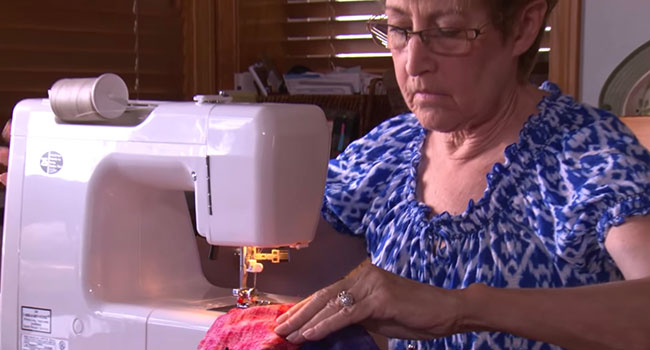
As Susan Rooney was working one day she noticed that typing had suddenly become difficult. What used to be automatic now took concentration.
She was puzzled and began noticing other symptoms like being unable to open or put vegetables into the plastic produce bags at her grocery store.
Her doctor suspected a stroke, but Susan consulted a neurologist. She was shocked when an MRI revealed an incurable stage IV brain tumor.
The timing couldn't have been worse. Her partner was being treated with esophageal cancer and her daughter was about to graduate from high school.
Her surgeon agreed to postpone her treatment, so a few days after her daughter's graduation she went into surgery to remove a glioblastoma – a rare type of aggressive central nervous system tumor. The survival rate is a grim 14.6 months after diagnosis with only 10 percent of patients living for more than 5 years.
Following the surgery, Susan underwent chemotherapy and radiation and was given the opportunity to enroll in a clinical trial.
"Standard of care for my type of cancer wasn't working. At one point, the tumor was preventing me from walking, driving, and even getting dressed," Susan said. "I thought let's try the trial. It can't be any worse than how I'm feeling right now."
